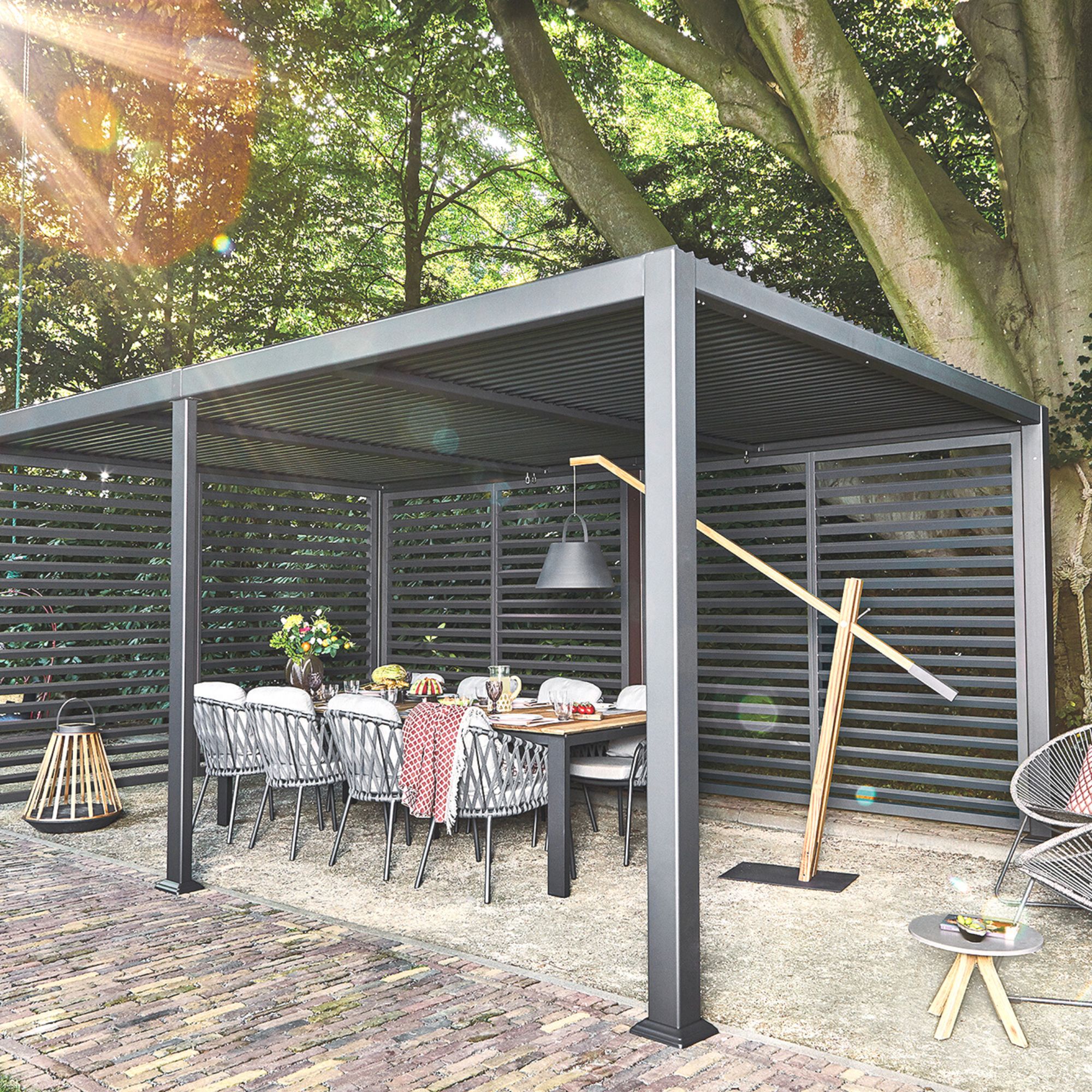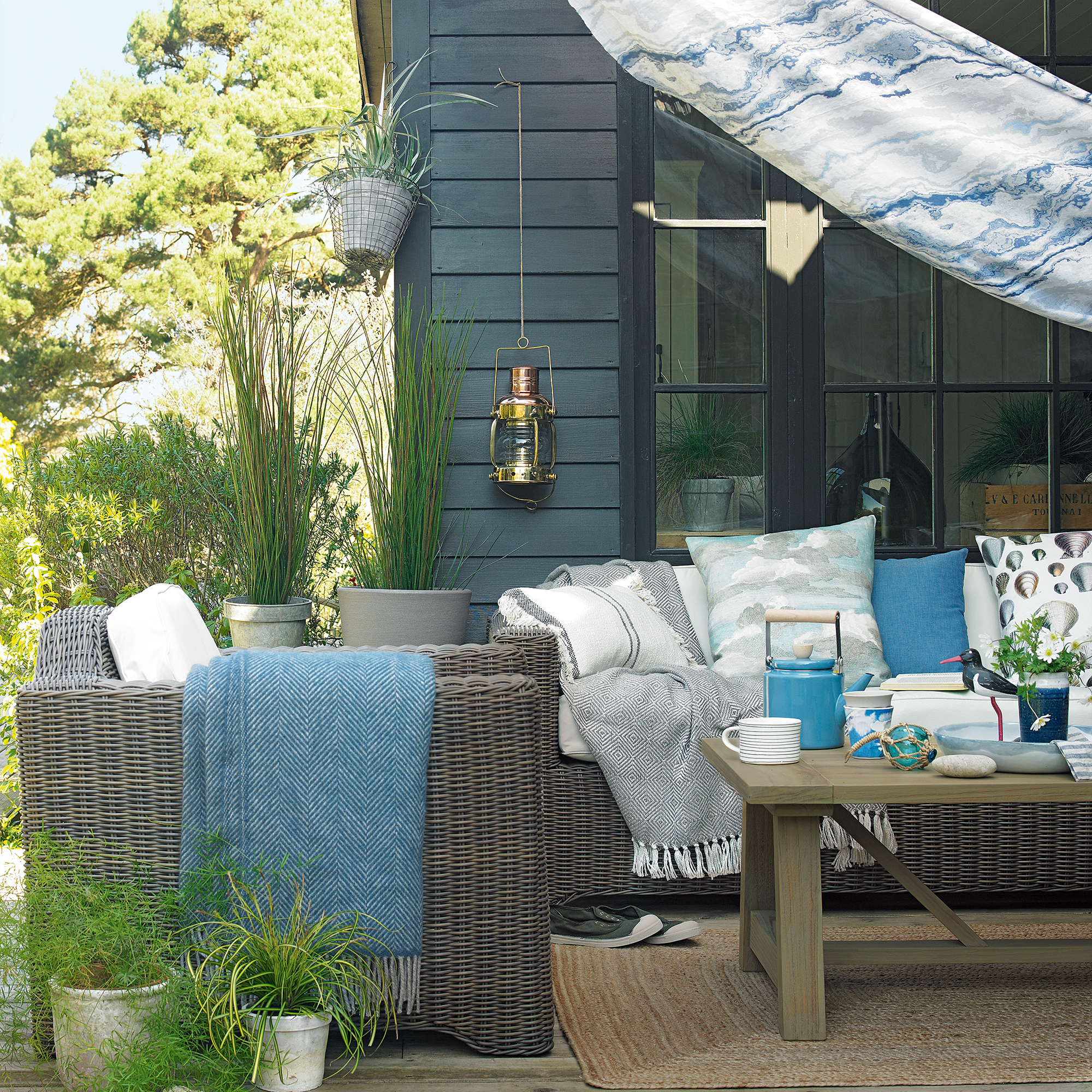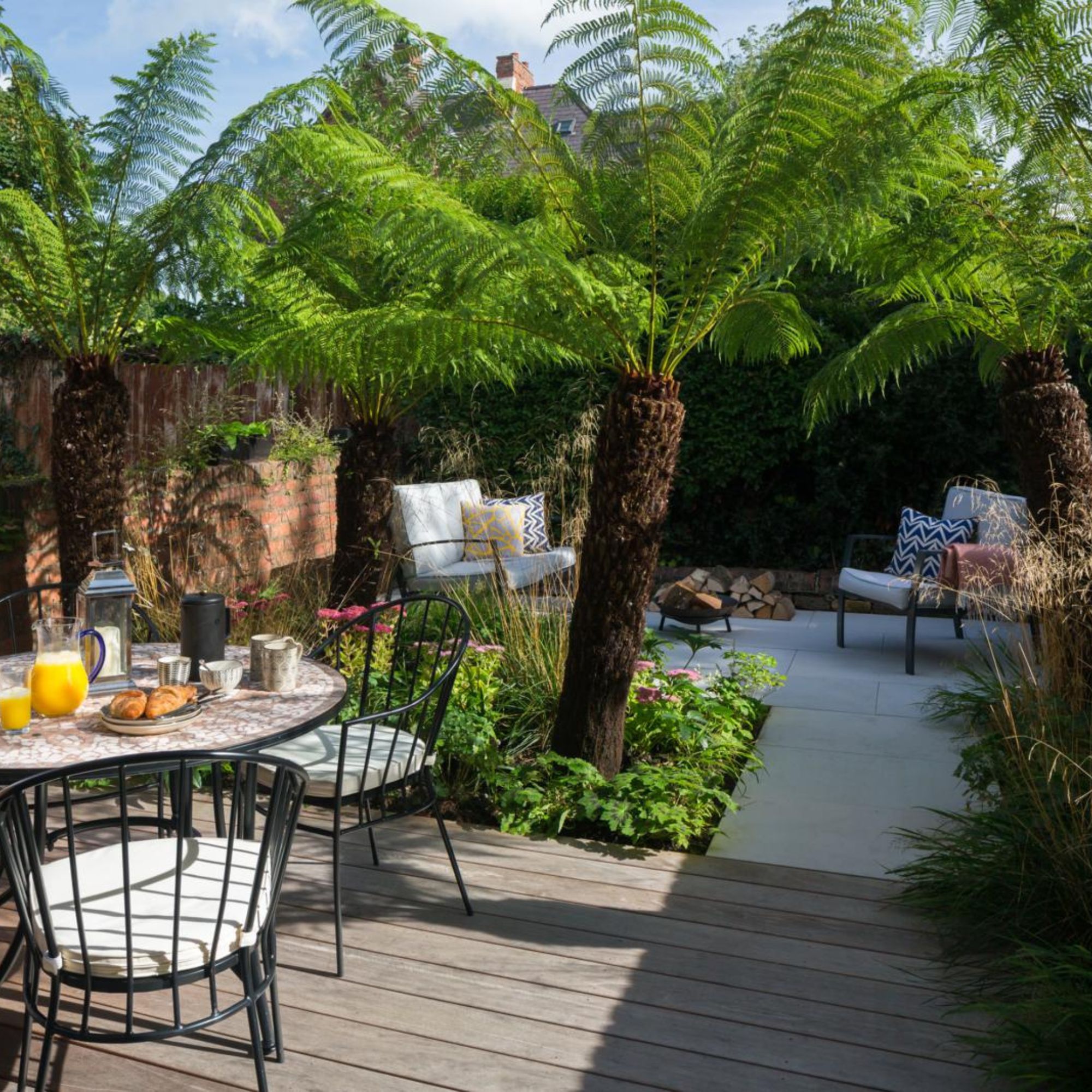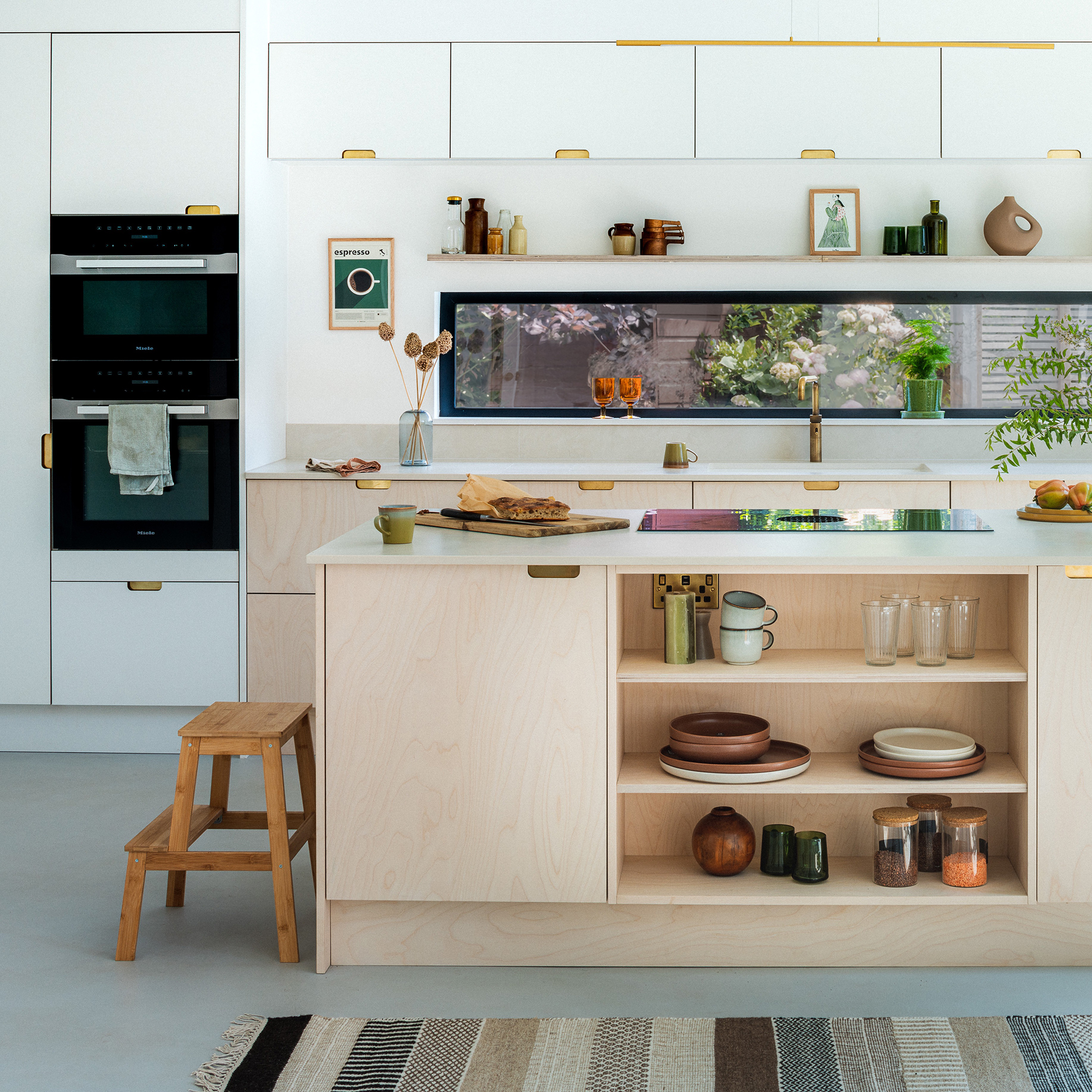The worst places to put a patio heater, according to experts
If your patio heater is in any of these places, you need to move it before you do any outdoor entertaining


Turns out, the placement of a patio heater is paramount when it comes to safety and if you've got yours in one of the worst places to put a patio heater, you could be putting yourself - and your guests - in danger.
If you’ve spent time and money investing in the best garden furniture, then you should be able to enjoy it all year round. One way to do this is to get your hands on a patio heater, so you can sit out and soak up the outdoor vibes of your garden space, even on brisk chilly nights.
They’re a great way to extend outdoor parties and barbecues with friends well into the evening. Considering how cold some British summer nights can get, now would be an excellent time to invest in one of the best patio heaters as we approach longer evenings.
That said, as with any heating device, it’s incredibly important that it’s put in the right place so that you can enjoy the heat that it throws out safely, whilst avoiding fire hazards. Here are some expert tips on where not to put a patio heater.
5 of the worst places to put a patio heater
Whether you’ve just bought one already and are looking for the right spot to put it, or you’ve had one for ages and think it needs re-locating, these tips will give you some insight on where not to put your patio heater.
1. Inside a tent of gazebo
Adrian Pedraza is the owner of The California Home Buyer, a licensed real estate broker, and a certified home inspector and renovator who advises:
'The fumes from gas or propane models can be deadly in confined spaces like tents or gazebos. It's best to keep them outdoors where the air can circulate freely. The heat rising could scorch or even ignite those materials hanging over the top.'
Get the Ideal Home Newsletter
Sign up to our newsletter for style and decor inspiration, house makeovers, project advice and more.

2. Near anything flammable
'I can't stress enough the importance of maintaining a generous buffer between patio heaters and anything combustible,' explains Houna Bech, professional interior designer and the founder of With Houna.
'Delicate textiles like throw pillows, hanging baskets brimming with dried foliage, and even leafy potted plants - should all stay a minimum of 3 feet away from that concentrated heat source to eliminate fire hazards.'
This goes for all furniture too. And don’t forget hanging curtains, that could easily be blown by the wind over a patio heater.

3. In an enclosed space
As mentioned above, it’s best to keep patio heaters outdoors and at least three feet away from objects. But for surfaces such as overhead awnings, covered porches, or umbrellas, Garden design expert Tom Clifford from Gardenstone recommends:
'If you have a covered patio ensure that it is over ten feet tall and well-ventilated before placing a patio heater under it. If your covered patio is under ten feet tall then a patio heater can present a serious fire hazard.'.
Equally, avoid obstructing a patio heater's venting, to prevent the potential build-up of carbon monoxide in the area you wish to heat.
4. On an uneven surface
Joy Aumann is a licensed realtor (CIPS), interior designer, and co-founder of La Jolla Life. On patio heaters, she explains that 'uneven ground can make them topple over, which I witnessed first-hand at a client's beach house.'
A nice stable and level base is one of the easiest ways of avoiding fire hazards.

5. In a busy area
Adrian Pedraza also advises: 'Be mindful of foot traffic areas too. No one wants to trip and crash into a lit heater. Place it off to the side in a spot with clear walking paths.'
This is even more important if you’ve got little ones or pets joining you outside too.

FAQs
Where should I put my patio heater?
Here’s a straightforward answer from Justin White, VP of Marketing at Overhead Doors:
“My rule of thumb is to place portable patio heaters at least 3 feet from any enclosure like a roof, wall, or fence. This allows for ample air circulation to prevent dangerous gas accumulation. And opt for electric or ventless heaters under covered areas instead.”
How can I make my patio heater look good in my garden?
As a professional interior designer, Houna Bech has more great advice:
“Outdoor heaters can be seamlessly integrated as stylish elements enhancing your alfresco spaces. If you have permanent structures like covered patios, consider mounting units on walls or posts to create impactful focal points.'
'For freestanding models, place them in intentional groupings beside furniture arrangements or near potted plants and planters to delineate distinct zones of radiant ambience.' Not too close of course!
Houna continues: 'By applying design expertise to your patio heating setup, you'll craft an outdoor oasis you can relish all season long - warm, stylish, and hazard-free. Simply pull up a plush blanket beside your strategically placed heater and savour the fresh evening air in cosy elegance.'
Now you know the worst places to put a patio heater, it might be time to give your outdoor set-up a quick rejig before any garden entertaining.

After graduating from Durham University in 2020, Olivia studied Modern Languages & Cultures, specifically French and German. Whilst at university, Olivia wrote reviews of student theatre pieces for various university publications, as well as writing voluntarily for a digital magazine during the pandemic. It was during this time that she discovered her love of writing reviews, mainly because she enjoys creating content that is helpful and informative for other readers.
-
 Monty Don's top tips for banishing slugs and snails make so much sense – they're both kind and effective
Monty Don's top tips for banishing slugs and snails make so much sense – they're both kind and effectiveSick of slugs and snails chomping up your garden? Try the Monty Don approach...
-
 Table wardrobes are the genius kitchen storage solution you didn't know you needed - here's how to create one
Table wardrobes are the genius kitchen storage solution you didn't know you needed - here's how to create one'It’s the tablescaping equivalent of a capsule wardrobe' 'It’s the tablescaping equivalent of a capsule wardrobe'
-
 IKEA's new Oxford Street city store is the start of a huge change to how we shop the Swedish furniture brand
IKEA's new Oxford Street city store is the start of a huge change to how we shop the Swedish furniture brandIs this the return of the high street?